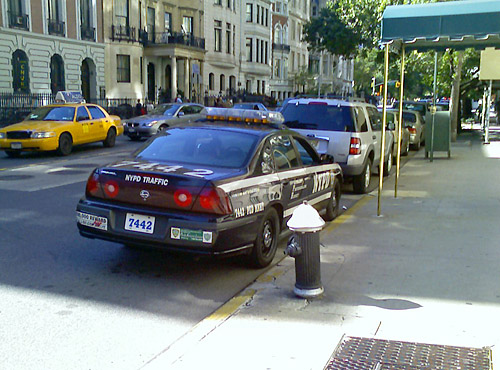In what can only be described as an only-in-New-York-City case, a state appellate court ruled yesterday that the co-op board at 941 Park Avenue erred when it gave the owner of one of the apartments the right to take over the elevator vestibule which they shared with another co-op, including painting the other owners’ front door, and preventing the other owners from being able to receive their mail or guests at their door. My favorite excerpt from the opinion (all emphasis added by me):
To the extent the Moores are concerned about the security or privacy implications of someone unknown to them wandering into their apartment, they have recourse to the self-help remedy of locking their door. As to the nuisance the Moores might suffer from another resident’s guests ringing or knocking on their door, there is a panoply of reasonable options that would not impair the market value of the Moores’ apartment or otherwise tarnish its luxury status. For example, a tasteful marker could be affixed to, or next to, the doors indicating the apartment numbers or the residents’ names. In the alternative, the Moores’ door might be painted one color, the Brauns’ another, and the service and elevator doors a third. Barring the existence of three respectable colors in the paint spectrum or a fashionable marker design, the Brauns and the Moores might wait in their respective entranceways for their guests during the interim between the doorman’s calling up and the elevator door’s opening. Insofar as the Moores might find it “embarrassing and disturbing” to open “the door to retrieve mail and hav[e] a stranger staring at them,” as they remonstrated to the Board in one letter, even the one-man building escort they advocate would not shield their vision from other people in the hallway.
It’s the kind of case you have to read the opinion to believe; it’s also the kind of case people should have to understand before diving into the New York co-op real estate market. As a good friend of mine (and lawyer-in-training) wrote to me when I forwarded him the link to the opinion: so long as there are petty, pissed-off, rich people in this world, there will never be a shortage of work for lawyers willing to serve them.



